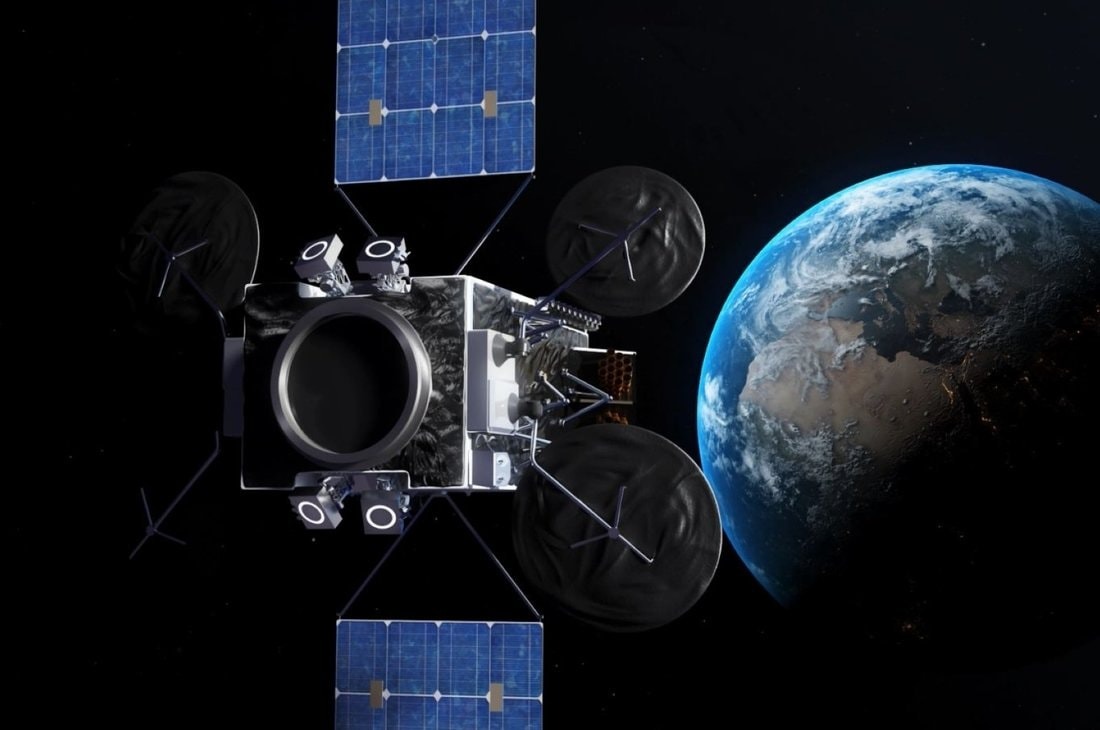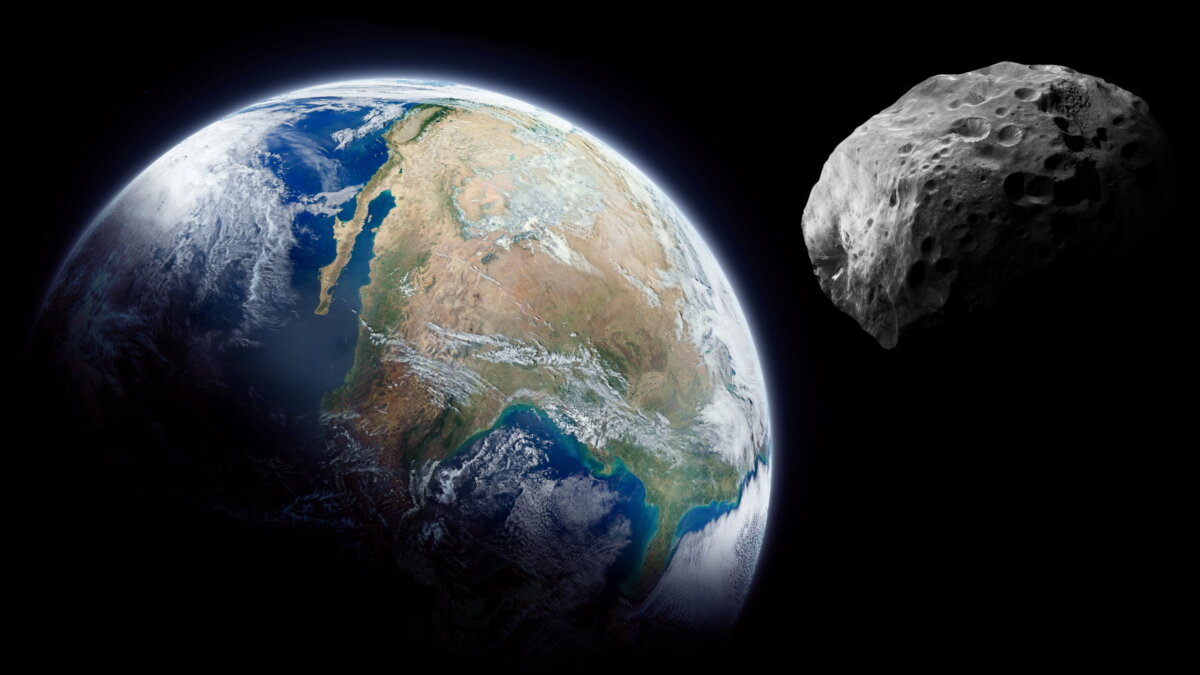The fossil remains may belong to the oldest known species of photosynthetic algae, although it is not the oldest example of photosynthesis; The single-celled ancestors of multicellular organisms were able to do this. These are also the oldest eukaryotes ever found; They are organisms with a well-defined nucleus filled with packaged DNA.
Opening details
new fossils More than 1635 million years (1.6 billion years). Until now, scientists believed that multicellularity emerged at least 70 million years later. This means we need to change our ideas about the evolution of life on Earth.
Researchers who collected the fossils from China’s Chuanlingou Formation believe the specimens represent the plant Qingshania magnifica, which resembles a filamentous tube made up of about 20 barrel-shaped cells stacked on top of each other. Some of the samples contained spores, suggesting that Q. magnifica likely reproduced asexually, the authors wrote in the study.
These filaments show a degree of complexity due to variability in their appearance, said study co-author Lanyun Miao, a scientist at the Nanjing Institute of Geology and Paleontology, Chinese Academy of Sciences.
The first prokaryotes, or microscopic single-celled organisms without a distinct nucleus, appeared about 3.9 billion years ago. But only 1.65 billion years ago, unicellular and nucleated eukaryotes appeared in sediments in northern China and northern Australia. All plant and animal life on Earth belongs to eukaryotes. Examination of the fossil record indicates that Q. magnifica appeared relatively soon after this; This shows that the eukaryotic branch achieved multicellularity early in its evolutionary history.
Further analysis showed that the organisms could obtain energy through photosynthesis, similar to modern algae.
This is not the first discovery
The new research described here builds on results from 1989, when a team of researchers discovered and described the first specimen of Q. magnifica in the Chuanlingou Formation. However, due to the poor image quality of the material described and the fact that it was published in a relatively inaccessible journal, this report has received little attention since its publication. Thereupon, scientists decided to return to the region in 2015 and found 279 microscopic fossils; all but one of these were Q. magnifica.













